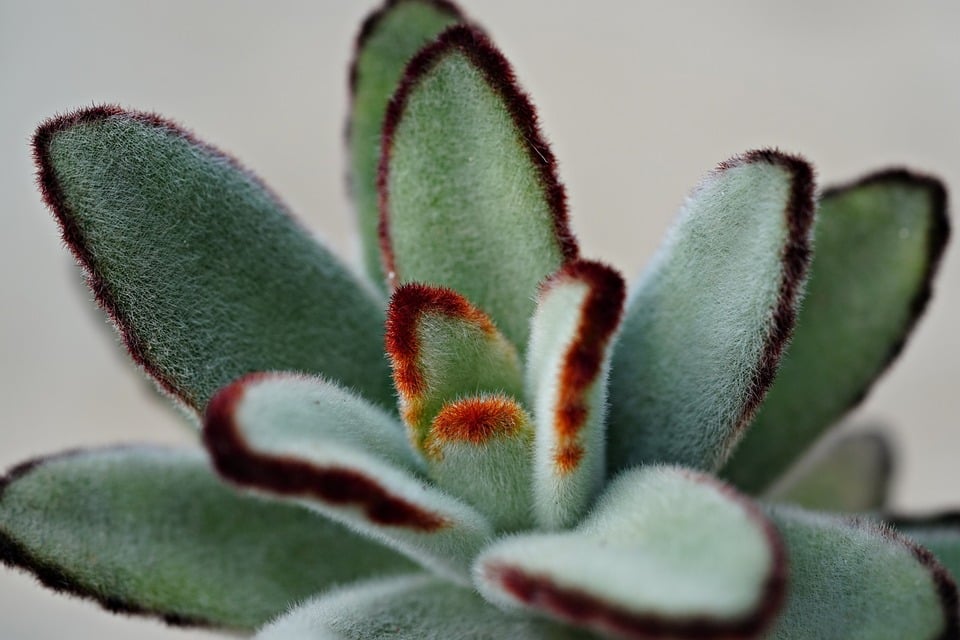Art and literature have long played a crucial role in shaping cultural history, influencing social norms, politics, and individual perceptions. From ancient cave paintings to modern-day bestsellers, creative expressions have left an indelible mark on societies around the world. In this in-depth analysis, we will explore the profound impact of art and literature on cultural history, examining their historical context, current state, and future predictions.
Historical Context of Art and Literature
– Art and literature have been intertwined with human civilization since its inception, serving as powerful tools for communication, expression, and documentation.
– Ancient civilizations such as Egypt, Mesopotamia, and Greece used art and literature to convey their beliefs, stories, and values to future generations.
– The Renaissance period in Europe saw a resurgence of interest in the arts, with artists and writers like Leonardo da Vinci and William Shakespeare producing timeless works that continue to influence culture to this day.
– The invention of the printing press in the 15th century democratized access to literature, making it more accessible to the masses and leading to the proliferation of new ideas and movements.
Current State of Art and Literature
– In the digital age, art and literature have found new platforms for dissemination, reaching global audiences through social media, e-books, and online galleries.
– Contemporary artists and writers are pushing boundaries and challenging conventions, addressing pressing social issues and reflecting the diversity of human experiences.
– Art movements like surrealism, modernism, and postmodernism continue to shape artistic expression, while literary genres such as science fiction, magical realism, and dystopian fiction explore new possibilities and perspectives.
– Museums, galleries, and libraries play a vital role in preserving and promoting art and literature, offering spaces for engagement, education, and reflection.
Future Predictions for Art and Literature
– As technology advances, art and literature are likely to evolve in exciting ways, incorporating virtual reality, artificial intelligence, and other innovative tools to enhance creative expression.
– Globalization and interconnectedness will continue to influence artistic and literary trends, leading to cross-cultural collaborations and hybrid forms of expression.
– Emerging artists and writers from diverse backgrounds will contribute their unique voices to the cultural landscape, enriching our understanding of the world and fostering empathy and dialogue.
– The demand for art and literature that address pressing issues such as climate change, social justice, and mental health is expected to grow, leading to new forms of activism and advocacy through creative mediums.
In conclusion, art and literature have always been central to cultural history, shaping our identities, beliefs, and values in profound ways. By exploring their historical context, current state, and future predictions, we can appreciate the enduring influence of creative expressions on society. As we navigate an increasingly complex and uncertain world, art and literature offer us solace, inspiration, and hope for a brighter future. Thank you for joining us on this exploration of the influence of art and literature on cultural history. For further reading, we recommend delving into the works of renowned artists and writers, visiting museums and galleries, and engaging with diverse narratives that challenge and inspire.
